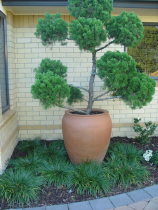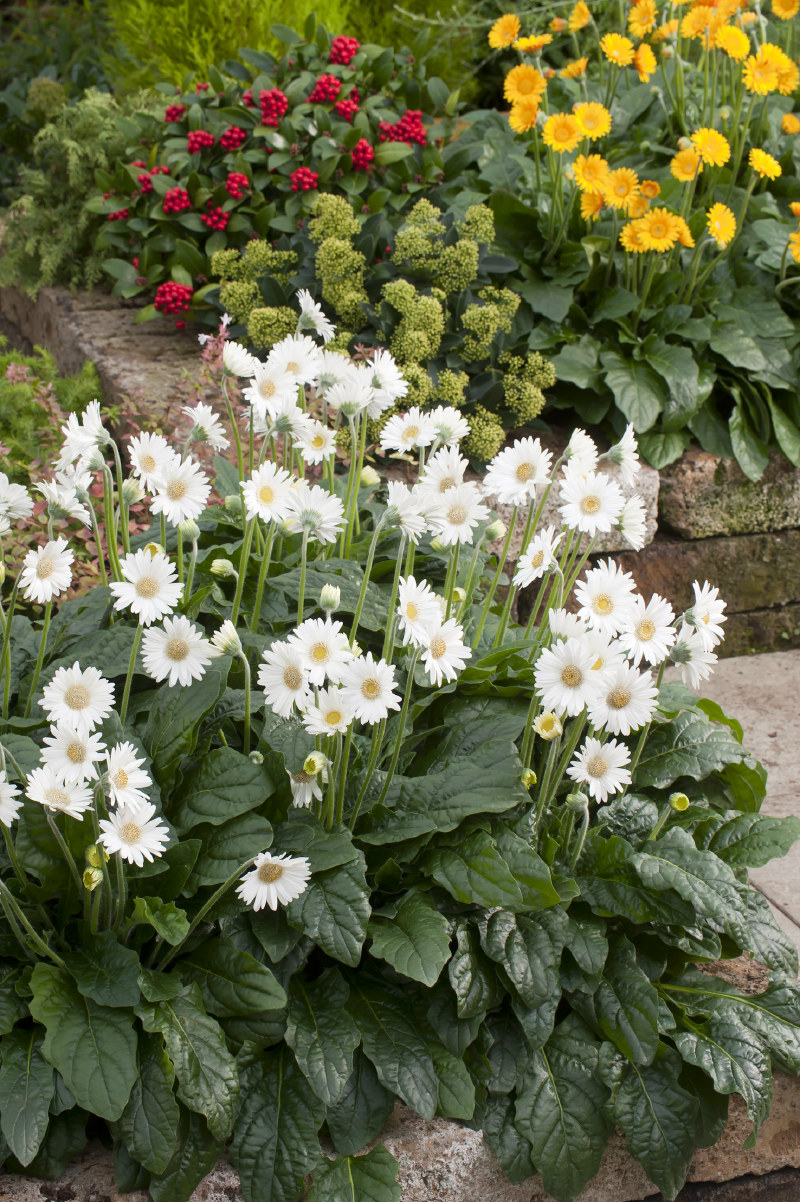The Alstroemeria Red Baron in the photo are an old variety, but they certainly perform when it comes to continual flowering from October right through to May - that's up to eight months of continous blooms — pretty impressive! Some of the old alstroemeria varieties used to be like invasive weeds, but "red baron" is much better behaving than this and is a truly great perennial for any summer garden.
I cut these plants down to ground level every July with the hedge clippers, so that there is no foliage left above the ground.
Straight away the foliage will start to regrow and by early September the foliage is coming back very strongly and the following month they are back in flower. This is the only time I touch them throughout the whole year.
If you are in to picking flowers for the vase, then "red baron" is a definite must. The blooms will last inside for three weeks in a vase of water. An important note: when you pick the flowers, pull the stem out from the plant rather than cutting the stem — this encourages more flowering. In the photo you can see that the alstroemerias are growing very happily under queen palms, where it gets extremely dry. This is another great feature of the alstroemeria family - they are extremely drought tolerant and don't need much moisture over the hot summer months to flower at their best.
In the front of the garden, I have an assortment of bromeleids which like the dappled light that the queen palms provide. In the winter months, the palms provide cover from very cold frosts.
Friday, December 06, 2013 16:42









